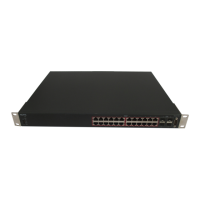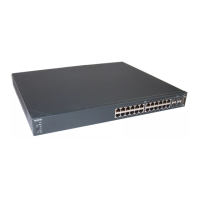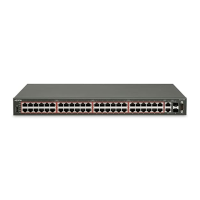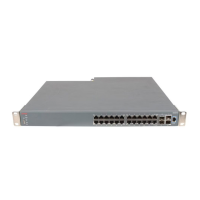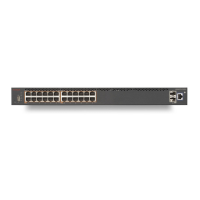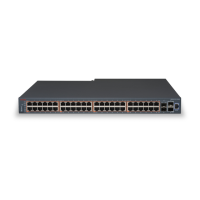The following events involve Layer 2 and Layer 3 interaction when processing and affect the
neighbor cache:
• flushing the Virtual Local Area Network (VLAN) media access control (MAC)
• removing a VLAN
• performing an action on all VLANs
• removing a port from a VLAN
• removing a port from a spanning tree group (STG)
• removing a multi-link trunk group from a VLAN
• removing an Multi-Link Trunking port from a VLAN
• removing an Multi-Link Trunking port from an STG
• performing an action that disables a VLAN, such as removing all ports from a VLAN
• disabling a tagged port that is a member of multiple routable VLANs
Router discovery
IPv6 nodes discover routers on the local link with router discovery.
The IPv6 router discovery
process uses the following messages:
• Router advertisement
• Router solicitation
Router advertisement
Configured interfaces on an IPv6 router send out router-advertisement messages. Router-
advertisements are also sent in response to router-solicitation messages from IPv6 nodes on
the link.
Router solicitation
An IPv6 host without a configured unicast address sends router solicitation messages.
Path MTU discovery
IPv6 routers do not fragment packets. The source node sends a packet equal in size to the
maximum
transmission unit (MTU) of the link layer. The packet travels through the network to
the source. If the packet encounters a link to a smaller MTU, the router sends the source node
an ICMP error message containing the MTU size of the next link.
System configuration fundamentals
38 Configuration — System April 2011

